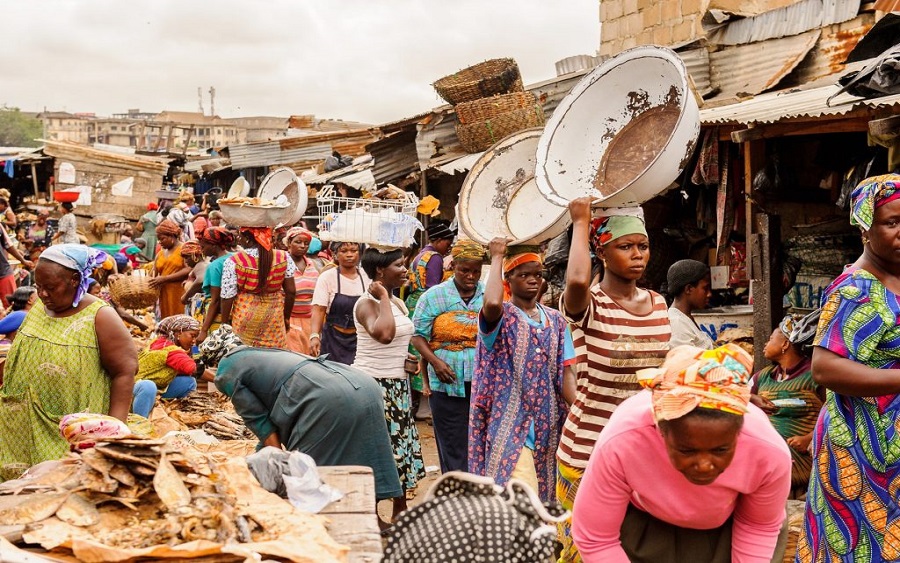COVID-19 Pushes Households Further Below Poverty Line- NBS
By Taiye Lawal
The Coronavirus (COVID-19) pandemic has pushed households further below the poverty line, due to the increase in unemployment rate resulting from the impact of the pandemic.
In its COVID-19 Impact Monitoring round 5, September 2020 report, released yesterday, the National Bureau of Statistics (NBS) said: “Individuals from across the consumption distribution have been affected by the crisis but the reduction in the share of people working was largest for the poorest consumption quintile.
“Among working-age individuals in households in the lowest consumption quintile, the share working dropped from 79 percent prior to the COVID-19 crisis to 70 percent in September 2020. This relatively large drop has potentially serious implications for the depth of poverty in Nigeria, as households that were already poor before COVID-19 may be pushed further below the poverty line.”
According to NBS, conditions observed in the labour market in round 5 of the survey showed that the economic precariousness in incomes and consumptions observed in previous rounds of the survey continued during the review period.
It stated: “In August 2020, 67 percent of households reported that their incomes were lower than a year before, while in July 2020 around 69 percent of those households that experienced shocks since the outbreak of COVID-19 reported reducing their food consumption (alongside other negative coping strategies).
“Since Round 5 suggests that the share of people who are working is lower than before the crisis especially for women and for the lowest quintile and that workers have been switching between different sectors, it appears that Nigerian households’ incomes and consumption remain precarious.”
On gender inequality, the bureau said: “The share of women who were working dropped more than the share of men who were working between the pre-crisis period and September 2020, suggesting that the COVID-19 crisis may be entrenching gender inequality in the labour market. “In July/August 2018, 82 percent of working-age men and 72 percent of working-age women were working, but these shares dropped to 78 percent and 65 percent respectively by September 2020.”




